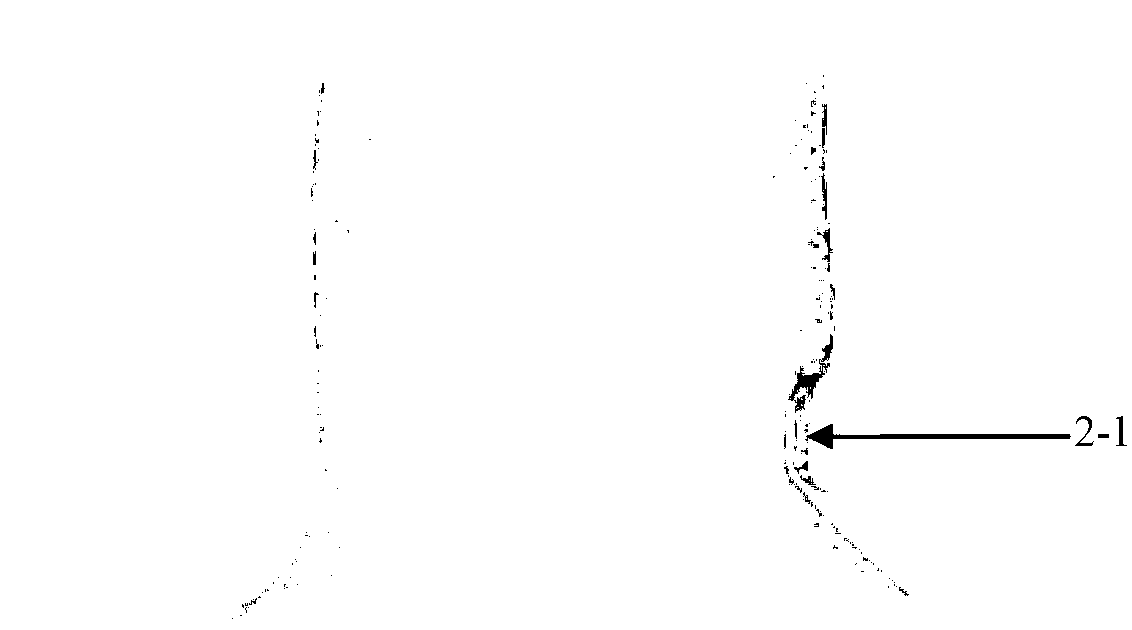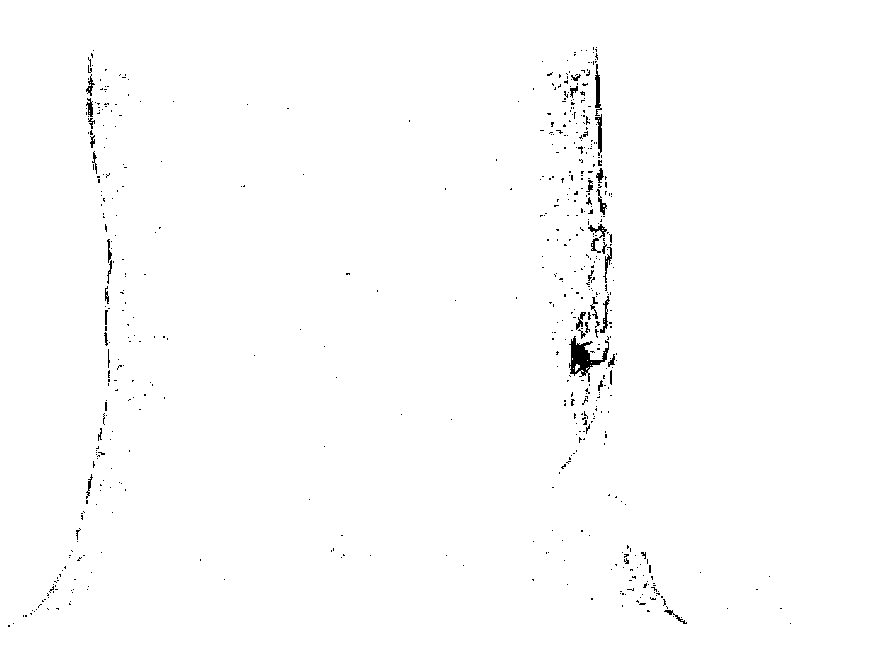Ancient tree rejuvenation technology based on inverted bark-whip grafting for ginkgobiloba
A technology of upside-down bark and ginkgo, which is applied in the field of rejuvenation of ancient trees with upside-down bark and tongue, can solve the problems of time-consuming, poor effect, and cumbersome procedures in the rejuvenation process, and achieve the effects of ensuring absorption, solving weakness, and improving the soil environment
- Summary
- Abstract
- Description
- Claims
- Application Information
AI Technical Summary
Problems solved by technology
Method used
Image
Examples
Embodiment 1
[0026] This technology was applied to the Foye Temple in Mount Tai, Tai'an City, Shandong Province, and the ancient ginkgo biloba in Hujiahe, Luoyang Town, Suizhou City, Hubei Province. The branches and leaves of the ancient trees turned green in the second year, and the growth and development were normal. The effect is very good. The implementation steps of the technique of rejuvenating ginkgo by inserting skin tongue and grafting ancient trees are as follows:
[0027] 1. Preparation for grafting
[0028] The grafting tools prepared include: grafting knife, pruning shears, pruning saw, axe or knife, grafting paper, special plastic film for grafting bundles.
[0029] 2. Pretreatment of the growth environment of ancient trees before grafting
[0030] Before grafting, clean up the debris around the ancient ginkgo (stones, bricks, cement, lime, weeds, sprouts, etc.), loosen the soil around the ancient ginkgo, and water properly. For areas with exposed rocks, guest soil improvem...
PUM
 Login to View More
Login to View More Abstract
Description
Claims
Application Information
 Login to View More
Login to View More - R&D
- Intellectual Property
- Life Sciences
- Materials
- Tech Scout
- Unparalleled Data Quality
- Higher Quality Content
- 60% Fewer Hallucinations
Browse by: Latest US Patents, China's latest patents, Technical Efficacy Thesaurus, Application Domain, Technology Topic, Popular Technical Reports.
© 2025 PatSnap. All rights reserved.Legal|Privacy policy|Modern Slavery Act Transparency Statement|Sitemap|About US| Contact US: help@patsnap.com



